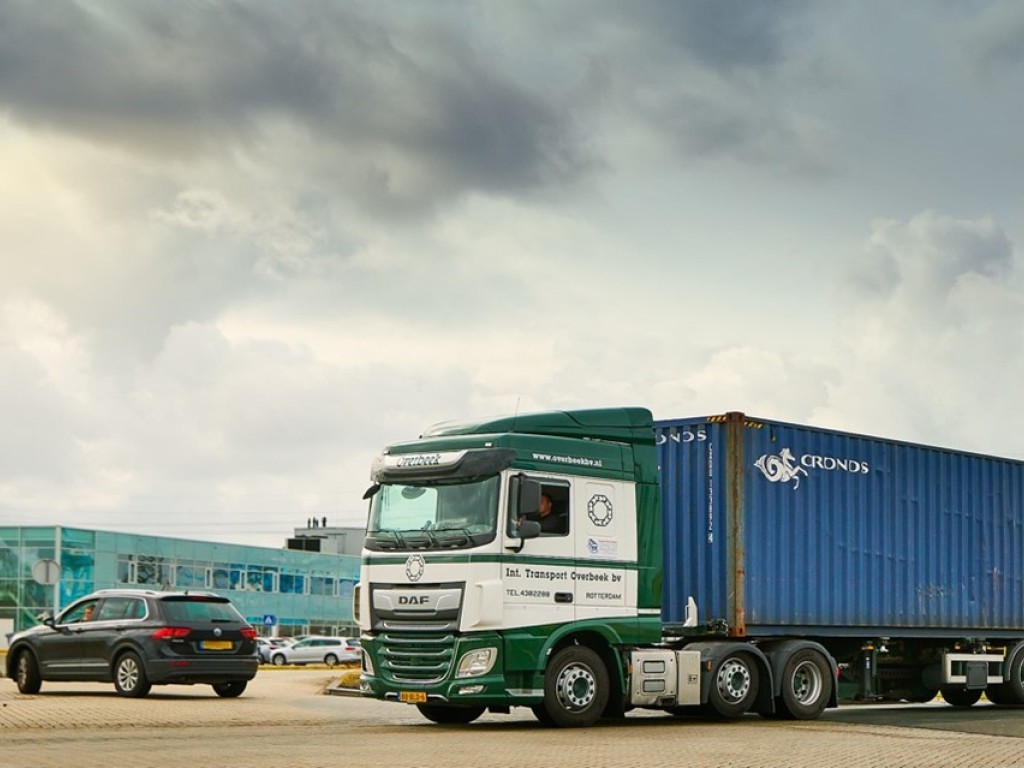GOMOVICI (Governance and Modeling for Integrated and Comprehensive Infrastructure Renewal)

To keep the logistic flows on infrastructures moving and to shift towards a sustainable future, major changes are needed to current infrastructures. Infrastructures (data, energy, mobility, water, and more) need to be updated to keep the country rolling and those changes have to support key transitions in terms of sustainability and circularity. These changes need to occur in a country that is busy and full.
First, infrastructures provide the basis for many critical societal processes, from economy to education, from healthcare to housing and more. This means that the future development of infrastructures has interdependencies with those societal processes rely on infrastructures to function and have an impact. Second, society is asking a wider view on those impacts. Traditionally infrastructure provision was mainly evaluated on the capacity provided, but currently society requires a far wider set of values for infrastructure to deliver on, with concepts like the Sustainable Development Goals (UN SDGs) or Doughnut Economy (DE) providing a basis for this value multiplicity. Thirdly, those infrastructures are and will be evermore interdependent between them, from providing mutual services (like energy and data for mobility), via to providing alternative capacity (like rail, road and waterways), to competing for the same space (like in urban contexts). These three key developments, societal criticality, value multiplicity, and mutual interdependency are not covered well in the way that current decision-making of infrastructures is setup. Decision-making is traditionally largely tuned to greenfield developments, focused on capacity, and siloed.
This discrepancy in existing decision-making and reality shifting its requirements poses a problem to the infrastructure sector, where a system-of-systems perspective is highly promising. Such a perspective links various sectoral perspectives intelligently together and drives these towards a more integrated way of analysis and decision-making. In our view this not a single approach, but a set of integrative innovations in modelling and governance that add value to the existing ways in which infrastructure decisions are made. The project is aimed at developing and apply several of these integrative innovations, building on existing governance and analysis tools. On the analytical side, it will build on current platform-based data-rich modeling approaches (Movici) that allow for deep analysis of possible infrastructure alternatives based on existing state-of-the-art modeling with high levels of data input from existing infrastructures. As a platform it has been build from the ground up to link highly innovative models, for example in the form of digital twins. With this the Movici platform will mature its possibilities to evaluate options to a wider value multiplicity, or to integrate models that make innovative use of the current data abundance. The project works from the promise that this platform is only of value when it’s linked to the decision-making process and inform it by clarifying the broader effects of cross-sectoral interventions. The project further develops the models that can be linked to the platform and innovates the way in which these are aligned to and used in processes of decision-making and design of infrastructure system-of-systems.
As stated, the project builds on NGinfra current state-of-the-art modeling platform (Movici) that allows for coupling of many value optimizing and system representing models, bringing value multiplicity and system-of-systems approach to modelling. It further develops the model platform in conjunction with internal (infrastructure manager specific), cooperative (cross sectoral) and jurisdictional (national, regional, and urban) governance innovations in close cooperation with key Dutch infrastructure managers to provide implementable recommendations to better deal with these three challenges for future infrastructures, making valorization straightforward.
This means the main research question of the project is how existing critical infrastructure related institutional and organizational decision-making in the Netherlands could be tweaked to, first, better incorporate key cross-sectoral dependencies in decision-making and, second, incorporate those dependencies in ways that allow for the dynamics of a broad set of evaluation factors.
The expected results are real-world modelling and governance innovations on the level of institutional and organizational decision-making, innovating the way in which we decide on infrastructure development for the future flows in, to, and from this country. These innovations will be built and tested together with infrastructure managers for direct applicability, tying them in to existing internal decision-making. This will be done in cooperation with national, regional, and urban governments, for alignment with external institutional decision-making. The project is uniquely positioned to have impact, as it will be carried out within the wider NGinfra program where currently 4 projects are started proposing aligned solutions to the same problem, and as it will be carried out in close cooperation with six of the major Dutch infrastructure managers.